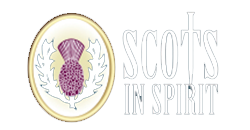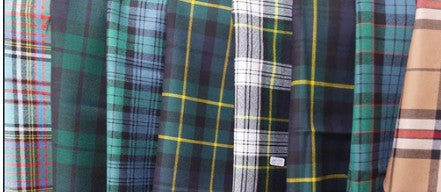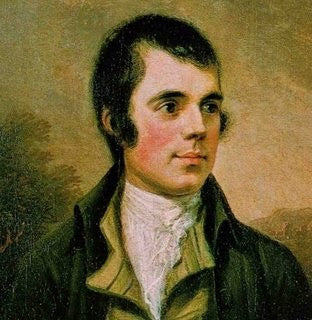
The Kilt is recognised around the world as an emblem of Scottish culture. The origins of the Kilt date centuries ago, and the tartans represented on them have deep cultural roots and meaning. Today Kilts remain culturally significant, and have become more diverse in the way they are worn.
The origins of the Kilt
The Kilt is Gaelic in origin. It first appeared as the Great Kilt during the 16th Century, a full-length garment that gradually grew in length as the availability of wool increased.
The garment most people would recognise as a traditional Scottish Kilt was invented sometime in the 1720s. This kilt was distinctive from the Great Kilt because of its smaller size and the fact its pleats were already sewn. This type of kilt was later adopted by the Highland Regiments.

Following the Jacobite risings King George II imposed the Dress Act in 1746 which outlawed all items of Highland dress, including kilts (although an exception was made for the Highland Regiments). The intention was to suppress highland culture, although many Scots continued to wear them in defiance.
The ban was lifted in 1782, which was followed by numerous groups and societies being formed to promote the wearing of the kilt. The kilt later gained momentum following a visit of King George IV in 1822 and by the late 19th century it was an important symbol of Scottish culture and identity.
Ways to Wear a Kilt
One of the most popular traditional dress looks – which we at Scots in Spirit call the “Argyll outfit” – includes a traditional 8 yard Kilt worn with a range of formal Kilt accessories: including a dress shirt, dress tie, an “Argyll” jacket made from barathea, waistcoat (optional), sporran, hose (socks), flashes, and a pair of Ghillie Brogue shoes.

This is a great versatile look, and can be worn in many different settings, including Highland Games and Ceilidhs. It is a common outfit among the kilt-wearing community. You will see most civilian pipe bands wearing an Argyll outfit as their main uniform.

A more formal look is the “Prince Charlie” look. This is much like the Argyll outfit but includes a “Prince Charlie” jacket and waistcoat that feature a different design and cut from their Argyll counterparts. The outfit also features a high collar shirt and bow tie. It is worn specifically for formal occasions, such as weddings.

There are also many other looks and ways to wear a kilt. It is also possible to purchase a Great Kilt, as well as contemporary kilts, which range in different lengths, fabric types, and feature a number of different fashion tartans. These can be matched up with a number of different traditional (and non-traditional) items and accessories, often for practical purposes.

Try it out
There are a number of ways to wear a kilt. Some looks, such as the formal, traditional dress outfits, have a certain “generally accepted” way about wearing them, but outside from that your options are limitless. In the end it comes down to individual taste and how you feel most comfortable expressing your cultural identity.
If you haven’t worn a kilt before and want to learn even more about how to wear one, don’t be afraid to ask your local Scottish or Caledonian Society, or get in touch with the team at Scots in Spirit – we would be more than happy to help!








